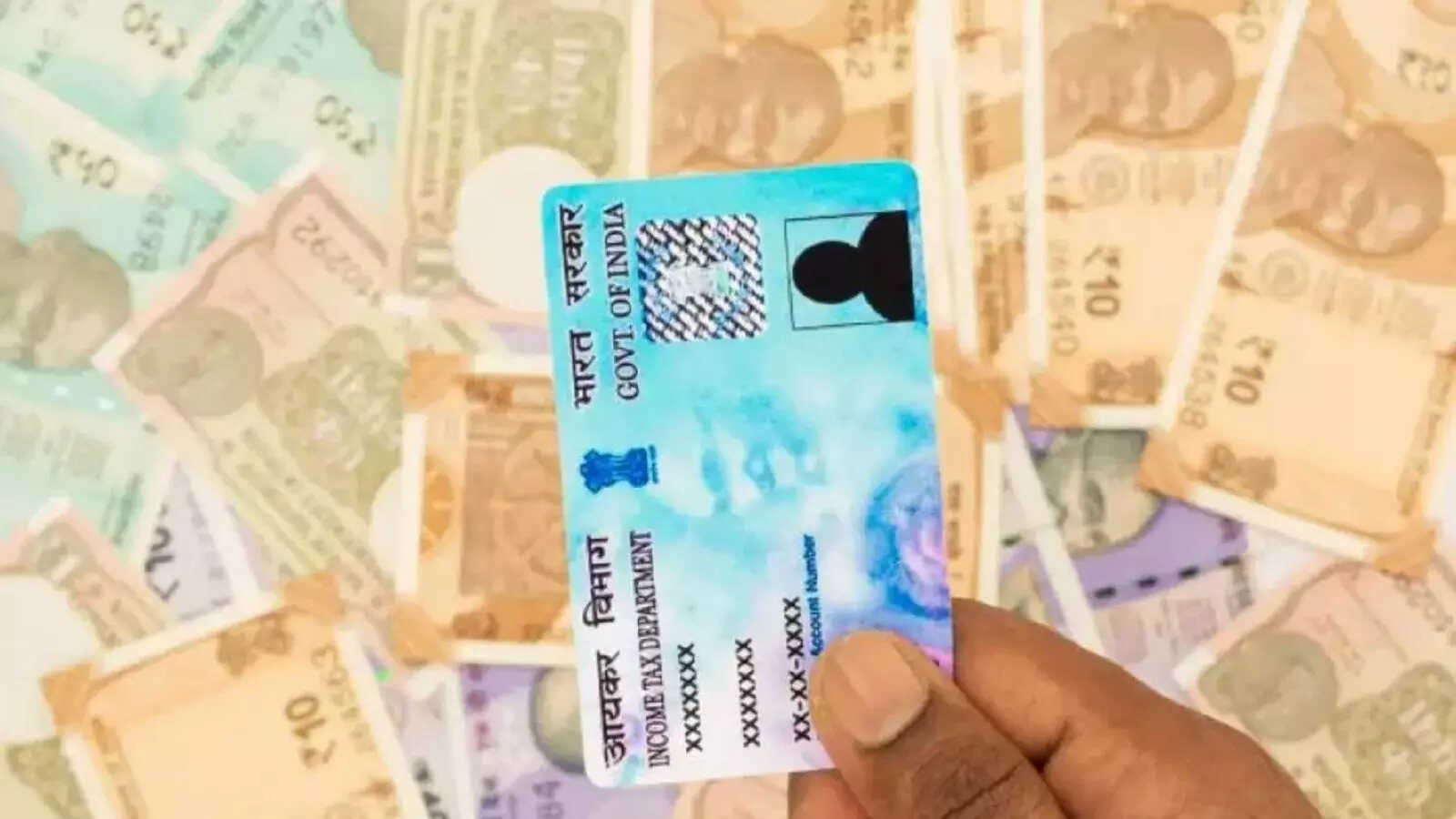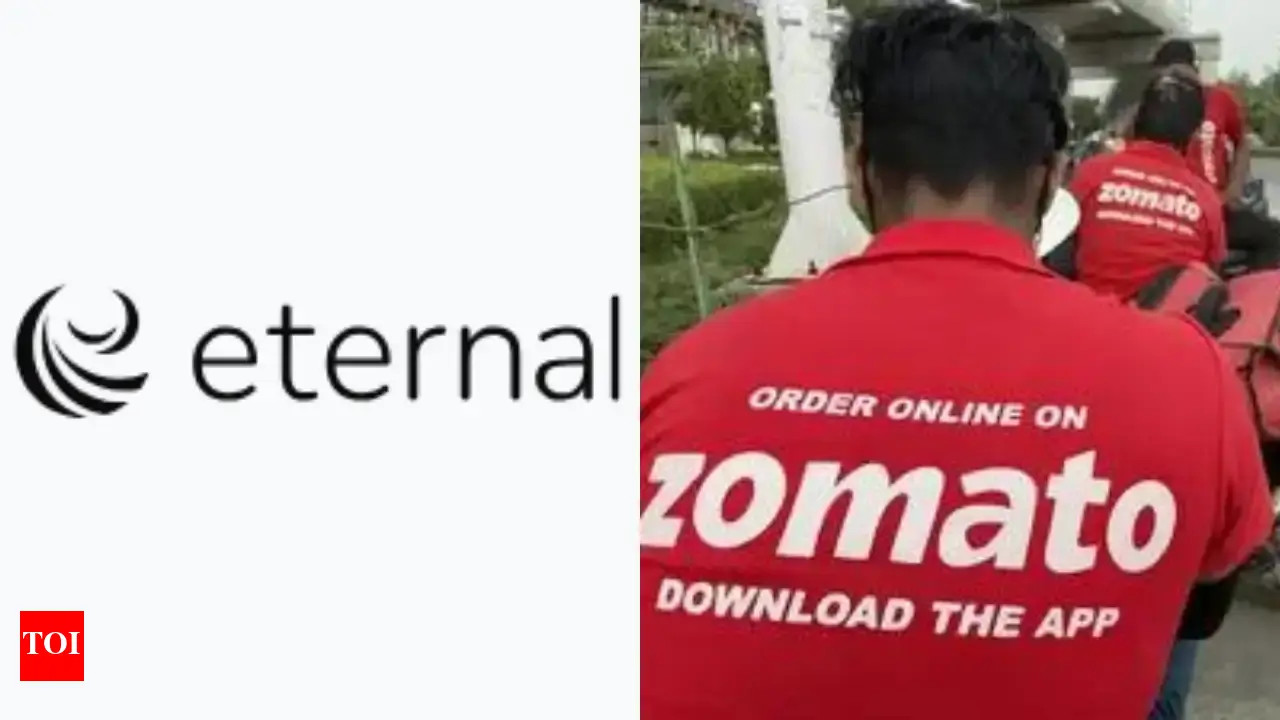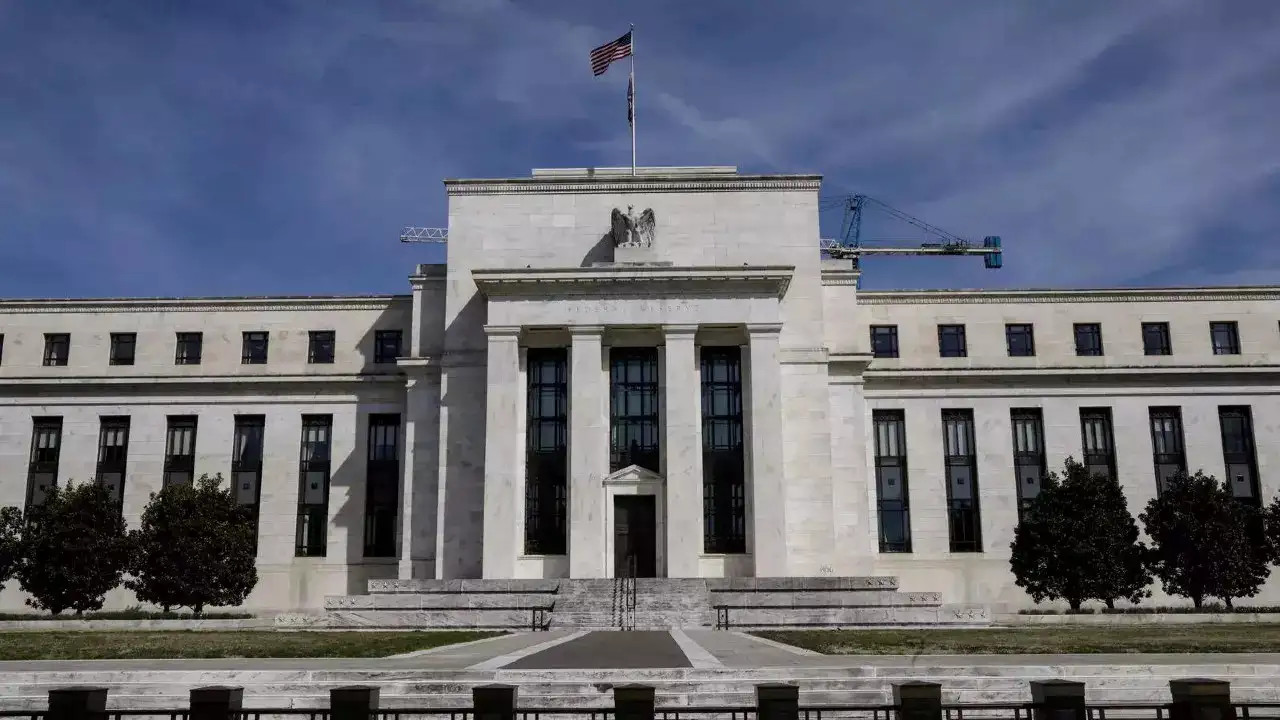Lending a Hand Up: Expanded Credit Access for India’s Street Vendors
For millions, the rhythmic clatter of pans, the aroma of spices wafting through the air, and the vibrant displays of goods are the very essence of India’s bustling streets. These are the domains of our street vendors, the backbone of the informal economy, and their livelihoods are about to get a significant boost. The government is doubling down on its commitment to empowering these entrepreneurs with enhanced financial access. But what does this really mean for the chai wallahs, the flower sellers, and the countless others who contribute so much to our daily lives?
The headlines are buzzing: increased loan limits, the green light for credit card issuance, and a renewed focus on integrating street vendors into the formal financial system. It’s more than just numbers; it’s about opportunity, security, and a chance for these individuals to truly flourish. Let’s unpack exactly how these changes will impact the street vendor community.
Boosting Street Vendor Businesses with Bigger Loans
The Pradhan Mantri Street Vendor’s AtmaNirbhar Nidhi (PM SVANidhi) scheme, a program designed to provide affordable working capital loans, is getting a serious upgrade. Previously capped at ₹10,000 for the initial loan, vendors can now access up to ₹20,000 in the first tranche. Subsequent loan amounts have also seen significant increases, reaching as high as ₹50,000 for the third loan. This expansion acknowledges a simple truth: running a business, even a small one, requires adequate capital. The increased loan amounts provide vendors with greater purchasing power, enabling them to stock a wider variety of goods, invest in better equipment (think more efficient stoves or improved display cases), and ultimately, grow their businesses.

Think about it: a vegetable vendor who previously struggled to buy a diverse range of produce can now offer a wider selection to customers, attracting more business and increasing their profit margins. A food vendor might be able to invest in a better tawa, speeding up cooking times and serving more customers during peak hours. This isn’t just about survival; it’s about sustainable growth.
Credit Cards for Street Vendors: A Gateway to Financial Inclusion
Perhaps the most groundbreaking aspect of this initiative is the authorization for banks to issue credit cards to street vendors. For years, access to credit has been a major hurdle, forcing many vendors to rely on informal lenders with exorbitant interest rates. Credit cards offer a lifeline, providing a convenient and accessible way to manage daily expenses, purchase supplies, and even handle unexpected emergencies.
Imagine a situation where a vendor’s stall is damaged by unexpected heavy rain. A credit card could provide immediate access to funds for repairs, allowing them to get back in business quickly and avoid losing valuable income. This newfound access also fosters a sense of financial security and empowers vendors to take greater control of their financial lives. Furthermore, responsible credit card usage can help build a credit history, opening doors to future financial opportunities like larger loans for business expansion or even homeownership. Interested in learning more about financial planning? Check out our guide to responsible investing.
Streamlining the Process: Making Access Easier
The government is also working to simplify the loan application process and improve awareness of the PM SVANidhi scheme. This includes collaborating with local authorities and community organizations to reach vendors who may not be aware of the program or who may face challenges in navigating the application process. Special camps and outreach programs are being organized to provide on-the-ground assistance and answer any questions vendors may have. Reducing the bureaucratic hurdles and ensuring that vendors have the support they need to access these resources is critical to the program’s success.
Ultimately, this renewed focus on financial inclusion for street vendors is an investment in India’s economic future. By empowering these entrepreneurs with the tools they need to thrive, the government is fostering economic growth, creating jobs, and building a more equitable society. The success of this initiative hinges on continued collaboration between government agencies, financial institutions, and the street vendor community itself.
The potential impact is immense. It’s not just about increasing individual incomes; it’s about transforming the economic landscape of our cities, one street vendor at a time. The future looks bright, fueled by opportunity and driven by the entrepreneurial spirit that defines India’s vibrant street culture.







